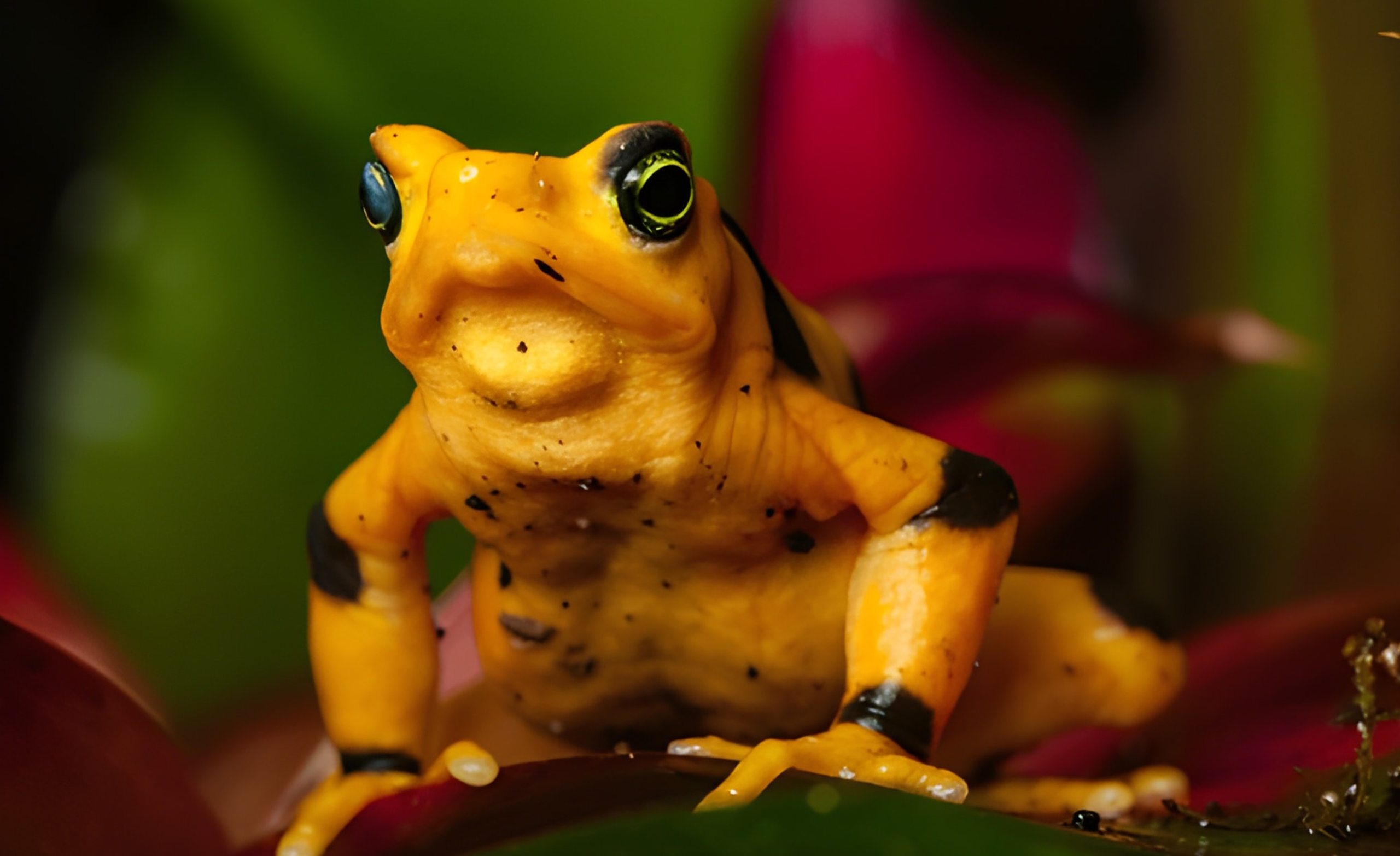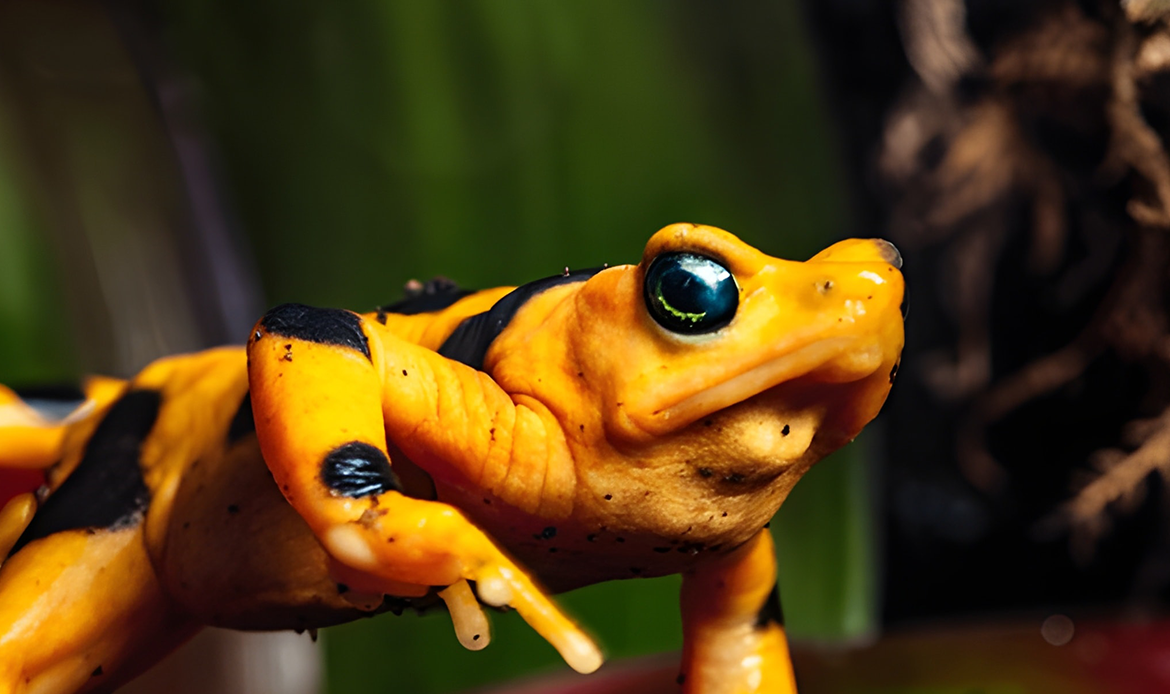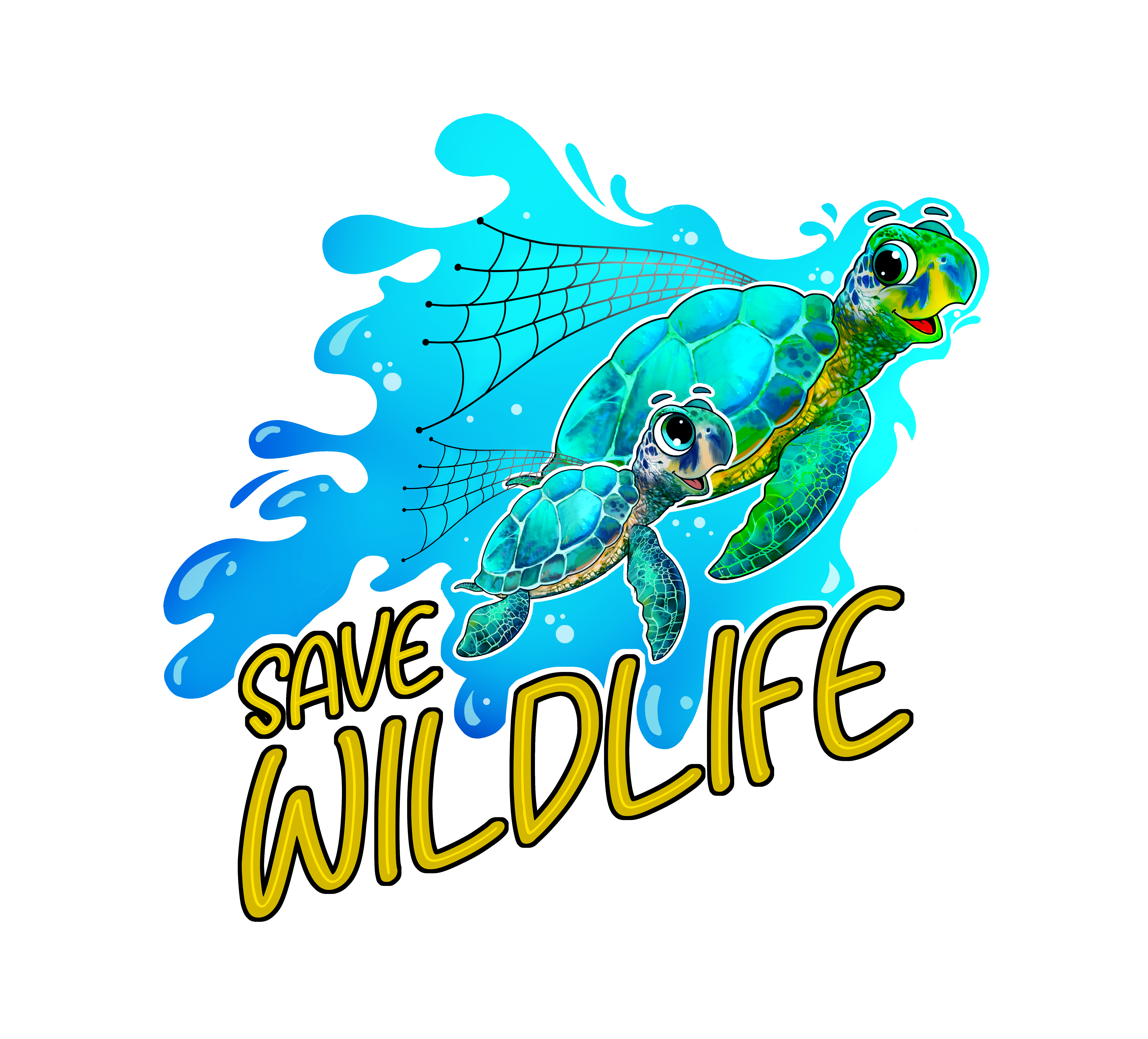
Endangered Species Like the Panamanian Golden Frog Are Warning Us About Climate Change
Endangered species designates the highest level of alarm for nature and indicates the extent to which the world has become so very precarious. Among the most fragile of these species is the Panamanian Golden Frog — certainly, a strikingly bright yellow complemented by a fabulous narrative; both figures echo with the threat of climate change that is disrupting wildlife. As rising temperatures, deforestation and adverse weather begin changing natural habitats. The existence of the delicate Golden Frog reminds us all how urgently we need to act to save endangered animals, protect wildlife, and collaborate to help save wildlife on all continents.
Table of Contents
Meet the Panamanian Golden Frog
The Panamanian Golden Frog (Atelopus zeteki) is perhaps one of the most recognizable animals in Panama and is a local symbol for good luck and prosperity. In recent decades, however, it has turned into a symbol of loss: a bright reminder of what climate change will eliminate if we do not respond in time. Historically, the Panama Golden Frog was common in the rainforests of Panama; now it is critically endangered and rarely found outside of conservation centres or remote habitats.
This amphibian thrives in humid environments along mountain streams, which require constant moisture and temperature to reproduce. Even small changes in temperature or patterns of rainfall can disrupt their delicate life cycle. The struggle to survive of the Panamanian Golden Frog is a living example of some of the challenges faced by endangered species globally as a direct effect of a changing climate.
How Climate Change Threatens Endangered Species
The relationship between climate change and the decline of endangered species is irrefutable. When global temperatures increase, weather systems change, breeding seasons get disrupted, and access to water and food diminishes. Of all the threats to the Panamanian Golden Frog, the largest are:
- Unpredictable Rainfall Patterns: Without reliable rainfall, streams where these frogs breed either completely dry up or flood too much and wash eggs away.
- Changes in Temperature: Amphibians are incredibly sensitive to temperature. A temperature change of only a few degrees can lead to the failure of reproduction or loss of hydration, leading to certain death.
- Spread of Pathogen: Increasing environmental temperatures result in greater distances being infected with the fungal pathogen chytridiomycosis, which has led to the loss of entire frog populations globally.
While the loss of one species may not seem impactful, the loss of the Panamanian Golden Frog is an indicator of larger pressures being placed on ecosystems that contain amphibians. Protecting amphibians is a valuable aspect of wildlife conservation and action to stabilize the Earth’s ecological processes.
Why the Panamanian Golden Frog Matters
The Panamanian Golden Frog is an important member of its environment. Frogs are bioindicators — they respond quickly to changes in the environment and warn us of the health of ecosystems. If the Panamanian Golden Frog is declining, it is also warning us that other endangered species are in danger as well.
Amphibians control insect populations; they are food for larger animals; and they help keep water quality maintained. The loss of amphibians can disrupt an entire food chain. Supporting wildlife, like the Golden Frog, means we are not just supporting individual species; we are supporting the integrity of entire ecosystems.
Climate Change and the Global Decline of Endangered Species
Climate change does not impact all species uniformly; some species adapt while others face extinction. The Plummer’s Golden Frog’s fight to survive is similar to the fight for survival faced by thousands of other threatened or endangered species, such as polar bears, leatherback sea turtles, and snow leopards. As global temperatures continue to rise, mountain ecosystems, like cloud forests of Panama, become more restricted or less fruitful. The streams and moist lowland forest that supported Plummer’s Golden Frog have since dried up. These changes illustrate just how connected life on Earth is a threat to one species quickly spread through entire ecosystems. Global wildlife conservation efforts must be coordinated from a unified social platform that views Earth as one.
Human Actions That Can Save Endangered Animals
Each individual has a role to play in helping to save endangered animals and combating climate change. From donating to conservation organizations to simply reducing our carbon footprint, even the smallest actions contribute to large-scale change. Here are some useful ways to make a difference:
- Support Conservation Programs: Volunteer for or donate to organizations that protect wildlife and restore ecosystems.
- Eliminate Waste and Pollution: One-time-use plastics and chemicals can kill off natural habitats where threatened species reside.
- Use Sustainable Products: Refrain from products containing rainforest timber or causing habitat destruction.
- Educate Other People: Raising awareness enables more people to know how to help save wildlife.
- Lower Carbon Emissions: Take public transport, grow trees, and save energy — these directly decelerate climate change.
Each deed of kindness towards nature contributes to the success of wildlife conservation. The Panamanian Golden Frog, although tiny, teaches us that combined effort can lead to genuine hope.
Wildlife Conservation Efforts in Panama
In Panama, researchers, indigenous communities, and global organizations collaborate to preserve the Golden Frog from extinction. Captive breeding has been initiated to release healthy frogs back into the wild as soon as the situation is secure.
Initiatives like the El Valle Amphibian Conservation Centre and Proyecto Rana Dorada are breaking new ground in research and habitat restoration. The programs are a model of wildlife conservation at its best — incorporating science, education, and community support to save endangered animals.
These initiatives also show us that conserving one species can lead to wider environmental transformation. When individuals unite to protect wildlife, they also regrow forests, purify water sources, and reinforce ecosystems supporting thousands of other animals.

The Role of Communities in Protecting Wildlife
Local communities in Panama are favouring the conservation of the Golden Frog because they are being educated on the value of biodiversity and how climate change is impacting their community.
They are decreasing deforestation and encouraging responsible agriculture that helps save wildlife across their lands. Programs based on community education are also creating jobs in conservation, so people can earn a livelihood through conservation-related work rather than exploiting wildlife.
The coupling of people and nature is an excellent example of how closely linked our long-term survival is with the survival of other species. When communities are successful when it comes to economic and environmental success, there is hope for the survival of endangered species.
How Climate Awareness Can Help Save Wildlife
Building support for action on climate change is another way to affect wildlife conservation. Educational programs, documentaries, and social media campaigns can motivate millions of people to take action. Pointing out the plight of the Panamanian Golden Frog or other endangered animals we could lose in the next few decades, not as science fiction, but a high-stakes reality, might convince people to change their habits and demand different policies from policymakers.
The message is simple: When we save endangered animals, we are protecting ourselves. Healthy ecosystems, which are compromised by climate change, regulate air, water, and climate themselves all issues upon which every human depends. Understanding our dependence on those connections and healthy ecosystems is the attention point in creating a sustainable future for all living things.
Last Words of Encouragement
The Panamanian Golden Frog is more than just a bright-coloured amphibian — it is a communication from nature. Its fight against extinction shows that climate change is real, necessary, and intertwined with endangered species.
Every step you take to save endangered animals, reduce waste or contribute to wildlife conservation will help. When you recycle, give and even share online awareness, you protect wildlife and contribute to the global movement to help save animals.
Let the Panamanian Golden Frog remind us that no species is too small to matter, and no human behaviour is too small to work towards change. Together, we can put balances back where they belong for the frogs, the trees and the world we live in.
FAQ Section
1. Why is it important to protect endangered species like the Golden Frog?
They are indicators of ecosystem health. The loss of an endangered animal is an early alert that the environment is being compromised.
2. How does climate change impact endangered species?
Climate change impacts endangered species by raising temperatures and changing precipitation, which can change habitats and affect species breeding cycles, and ultimately affect their ability to survive.
3. What can people do to help save wildlife?
Volunteer, reduce your carbon footprint, stop using single-use plastics, and fund wildlife conservation organizations.
4. How are scientists helping to protect wildlife like the Golden Frog?
Through captive breeding, disease control, and habitat restoration programs that are meant to save endangered animals.
5. Why is community involvement crucial in wildlife conservation?
Local communities help monitor their habitats, help prevent people from poaching wildlife, and educate the public to help save wildlife, which can help save it sustainably.
